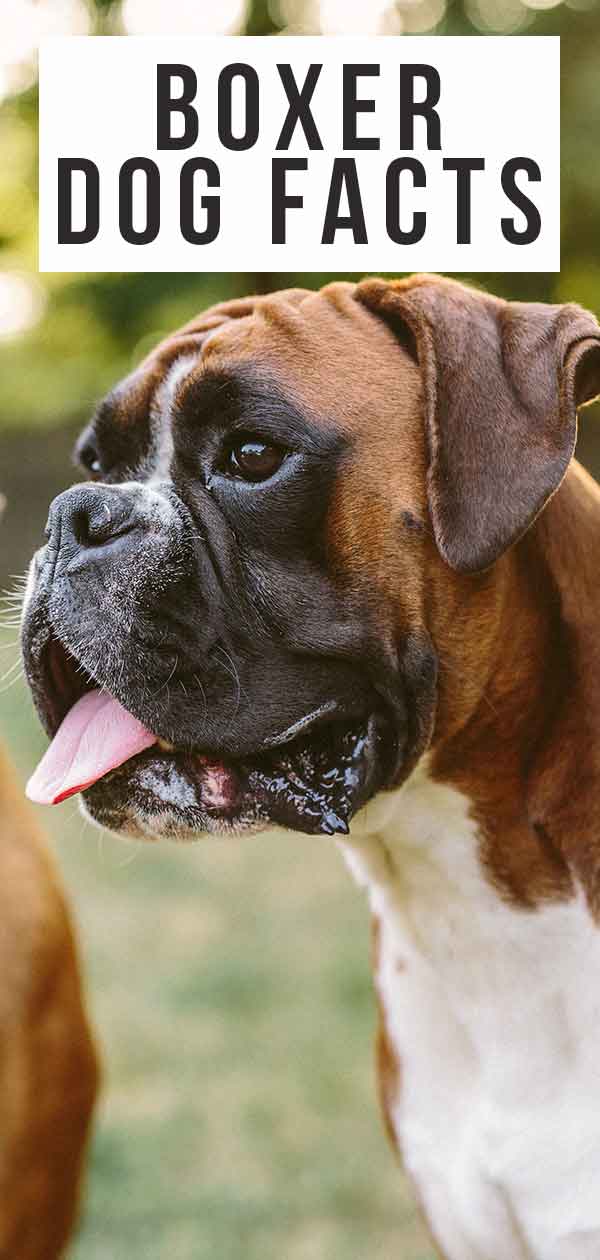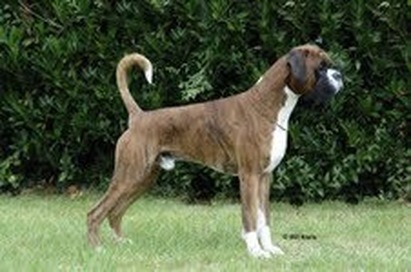

Today the Boxer is known the world over as being among one of the kindest and most fun-loving albeit highly energetic dogs to own. From the start, these Southern German breeders had a very clear idea of how the new breed should look: A handsome, elegant family dog, with a lean appearance and nothing frightening or ugly about it.“ These Boxer club standards were written in 1905 and are still valid today. The first Boxer Club was founded in Munich, Germany in 1895 and the name of the German Boxer comes from the German colloquial term “Beer-boxer“. The Bull-biter was crossed with English Bulldogs in the 19th Century with the aim of creating a new breed that looked like its ancestors, but had a temperament that was clearly different from a hunting dog. The changes that have happened since then are mainly due to the use of firearms in the hunt, which made the use of dogs redundant, and quickly reduced their breeding. Their malice and wickedness means that they can easily become dangerous to men and animals For this reason it is not permissible to use them in several countries.” So while the stature and the physique of the ancient Bull Biter has a lot of parallels with the physical features of today‘s German boxer, the nature of the now-popular family dog has virtually nothing in common with that of the medieval hound. Aged six weeks, their ears are shortened and their tails are docked. They grab everything that they are asked to hunt, but they are heavy. Not too large, but strong and courageous dog breed with thick, short heads. The description of the dogs that George Franz Dietrich aus dem Winckell wrote in his 1820 „Handbook for Hunters, Hunting Folk and Hunting Enthusiasts“ could almost describe the appearance of today’s Boxer dog: „Bull or bear biters. Hunters themselves were responsible for breeding their hounds, which meant that they tended to prefer to breed from dogs with a very wide muzzle and a turned up nose. Their wide jaws allowed them to bite their quarry so hard that it was forced to the ground. In England in the 16th to 18th centuries these powerful dogs were trained for show fights against bulls, to bring them down in a similar way to the real hunt. They were bred primarily for hunting for savage game, such as bears or wild boars.

These ‚bull-biters‘ were common in many European countries in Middle Ages. The Brabanter Bullenbissers, the direct ancestors of the German boxer, are supposed to have had an aura of power and energy. The Bullenbeisser was a fighting dog that was used for blood sports which included bull baiting back in the day before it was outlawed.

He was bred using an English Bulldog called Tom and his mother was Brindle German dog who boasted having an interesting lineage with the Bullenbeissen being in her ancestry. The very first German Boxer was exhibited at a dog show in Munich five years later in 1895 and was called a male called Flocki. The Boxer is a relative newcomer to the dog world having been first bred in Germany in the late 1890’s.


 0 kommentar(er)
0 kommentar(er)
